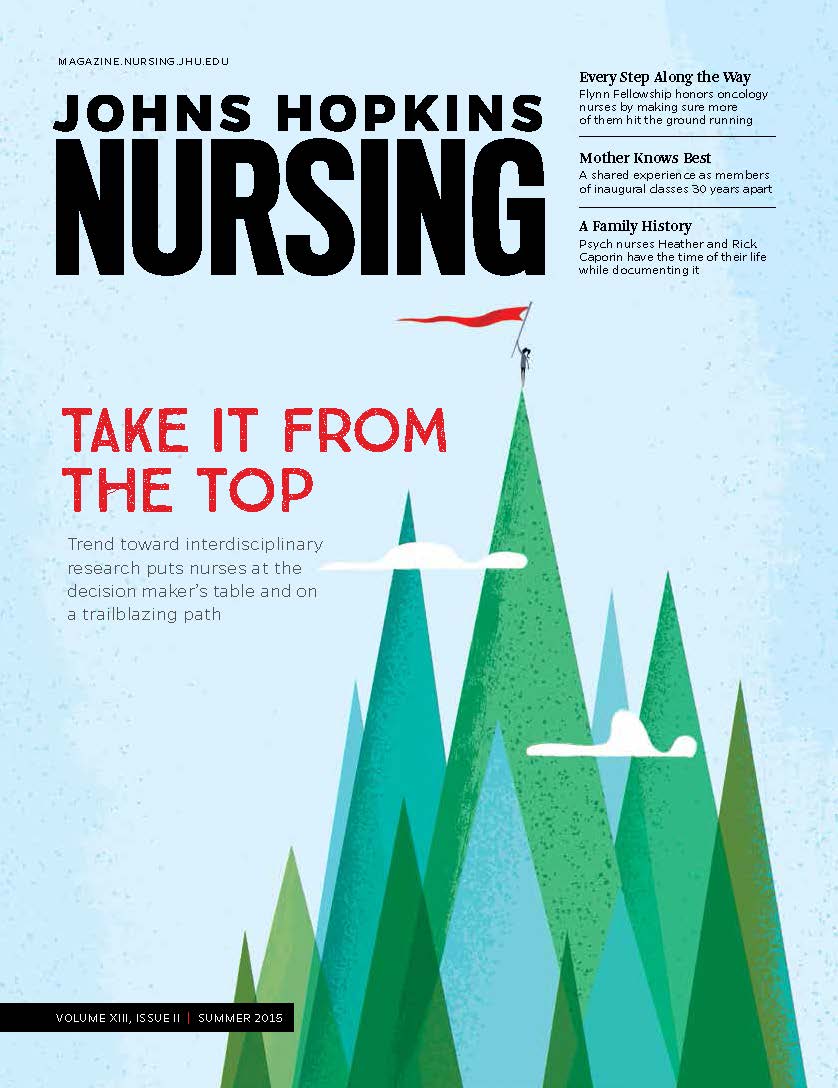We were paying close attention to a lecture on the respiratory system in Pathophysiology class when security broadcasted the emergency cell phone text alert: “Shooter on Nelson 8. Lock doors and windows and stay inside.” Our co-professor quickly interrupted lecture to explain that there was an emergency situation across the street and our school was being put into lockdown. Immediately, iPods and cell phones were on, laptops open, and search engines delivered the news that a patient’s distraught son, after shooting a surgeon in the abdomen, was still at large in the hospital.
A wave of mild panic rolled through the lecture hall, but our professors were one step ahead of us. Both knew exactly what needed to be done. They calmly and confidently explained what we were to do, kept us in the room away from the shaded windows, and distracted us with group assignments. As they received information, they mingled through the class, checking our progress on the assignments but also keeping us well-informed. Before we were allowed to leave, they updated us on the emergency plan. Just in case something did happen, we now knew the safest places in the building as well as the ones to avoid.
When we were allowed to leave the classroom, we all snuck peaks through the hallway windows. Wolfe Street was barricaded. A crowd of police cars, fire engines, an ambulance, and a SWAT team van took the place of the normal, busy pedestrian and vehicle traffic at the hospital entrance. The hot dog vendor’s cart with the rainbow umbrellas still sat on the corner, both familiar and wildly out of place. The vendor was gone; instead, a policeman with a bullet-proof vest stood by.
The halls of the SON were, naturally, charged by the excitement across the street. Students called their friends and families, crowded around laptops for the latest news, and discussed the situation in small groups in the open areas. Faculty and staff floated amongst us on each floor, taking the time to talk to us in groups, calming our nerves by answering our questions and keeping us updated. Classes were canceled for the afternoon, and when we were finally able to leave the building through the back exits, we were given the option of staying for a debriefing.
Clearly, there was a plan in place for this type of scenario. The alert went out in minutes, rapid response police teams arrived soon after, medical campus buildings were locked down, evacuated or secured as necessary. Even more impressive, however, was the capability of the faculty and staff at our school. They handled the situation with poise and compassionate direction. But then, should I be surprised? Our faculty are well-trained nurses, as are many of the staff. They practiced exactly what they’ve already taught us about interacting with patients. Be prepared. Listen. Communicate effectively. Keep them well informed. Address their concerns. Have a plan and use it. Most of all, be strong, calm, and in control. Yesterday, they taught by example, giving us a lesson in the actions that inspire confidence and trust. And now I know for sure that as students, we’re most definitely in the right hands.
 Helping Veterans Through Full Practice Authority
Helping Veterans Through Full Practice Authority Dean Davidson Blogs for Huffington Post
Dean Davidson Blogs for Huffington Post Read It or I Weep
Read It or I Weep







